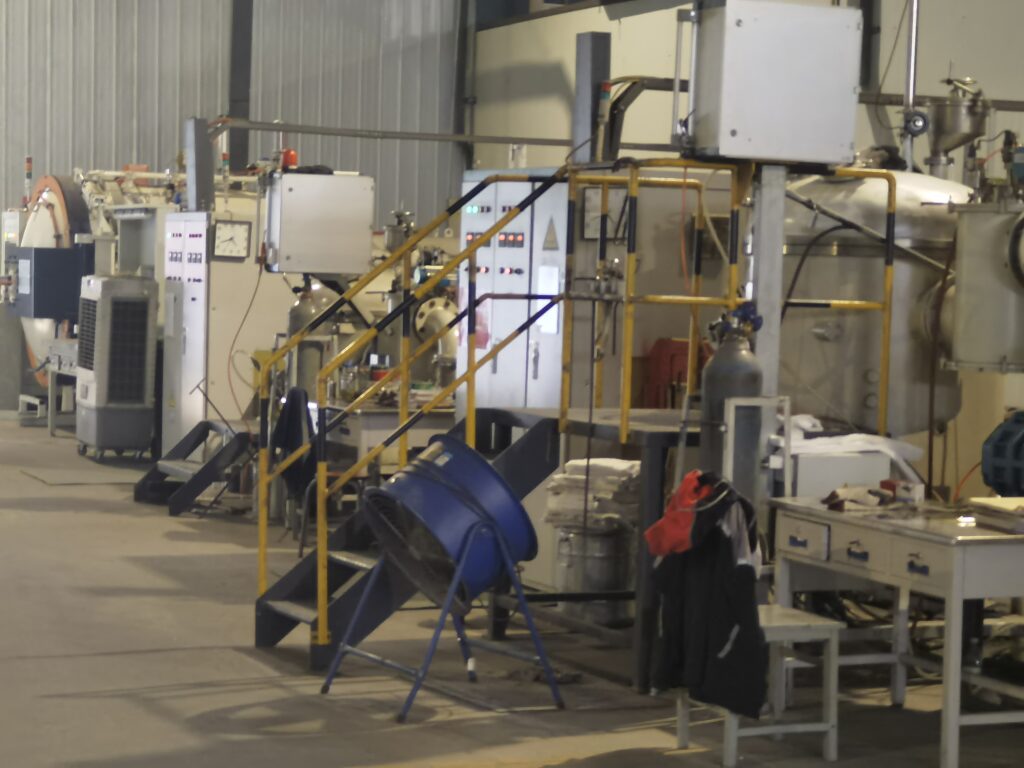Investment Casting
High-accuracy, complex, and cost-effective castings for demanding industries.
- 首页
- »
- Investment Castings
What is Investment Casting?
Investment casting, also known as lost wax casting or precision casting, is the method of producing precise products. The term “investment” comes from “investing,” which means “surrounding.” So, this method involves a manufacturing process in which a ceramic mold surrounds a wax pattern.
The wax pattern has a coating of refractory material, and it obtains the shape that needs to be cast for the final product. The shell becomes hard, which is then melted and converted into a mold. Mold breaks, and you will get the final product successfully.
Compared with other casting processes, the investment casting process not only produces products with high surface finish and precise dimensions but also produces parts with more complex designs. In addition, the cost of investment casting is lower, and there are no restrictions on the size of the product. This makes the investment casting process more favored by consumers.
Investment Casting Process
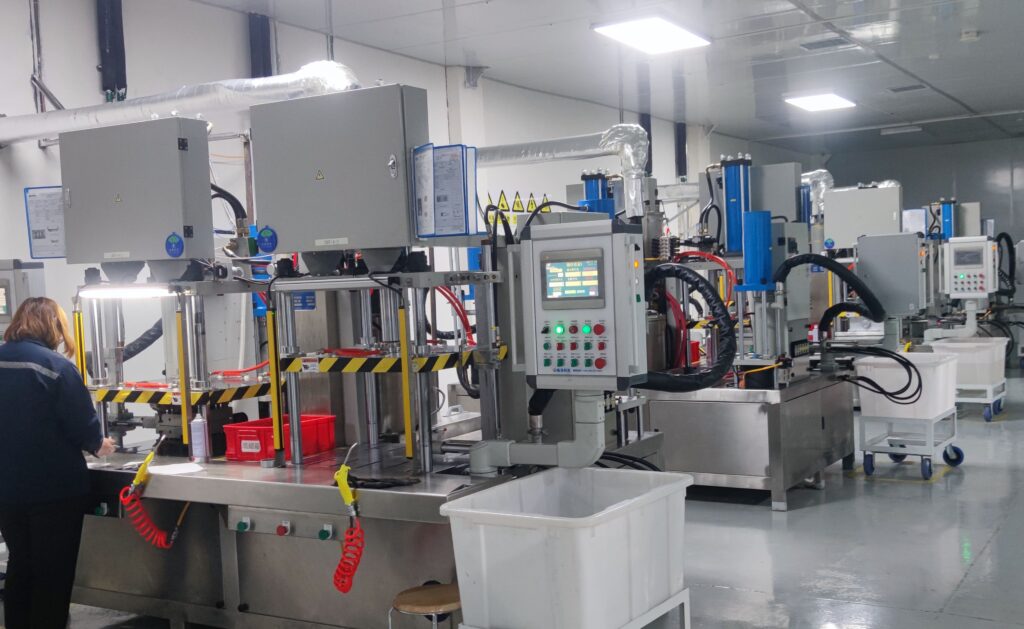
1. Wax Injection
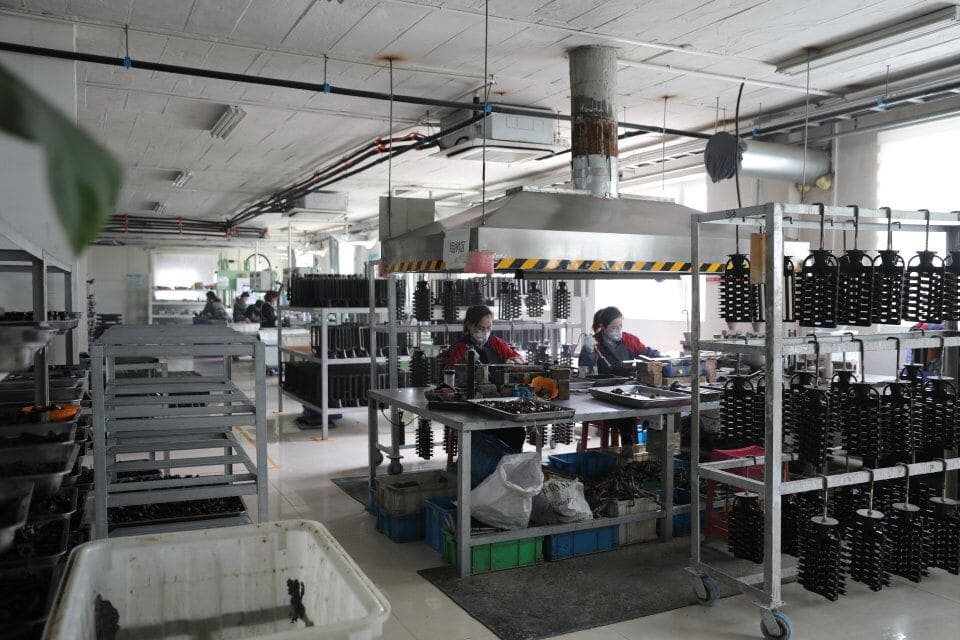
2. Pattern Assembly
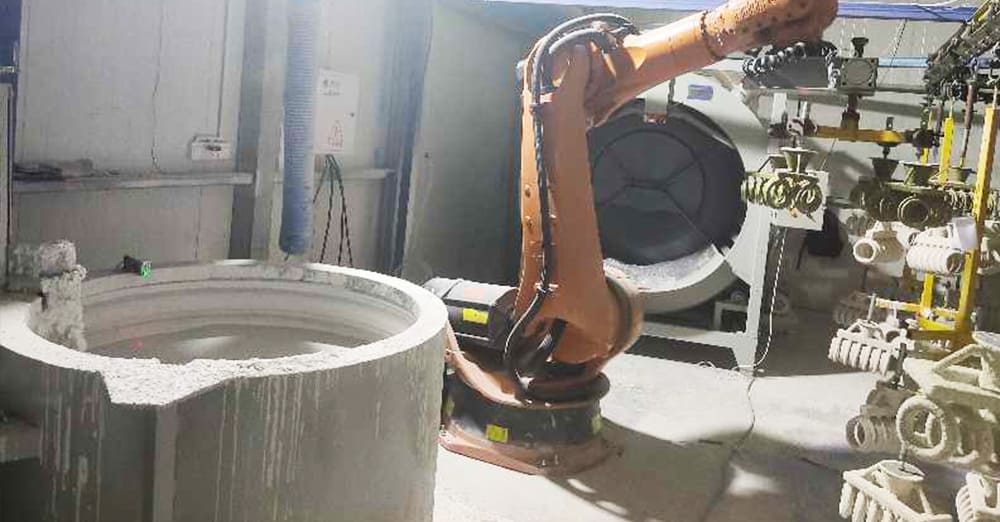
3. Shell Making
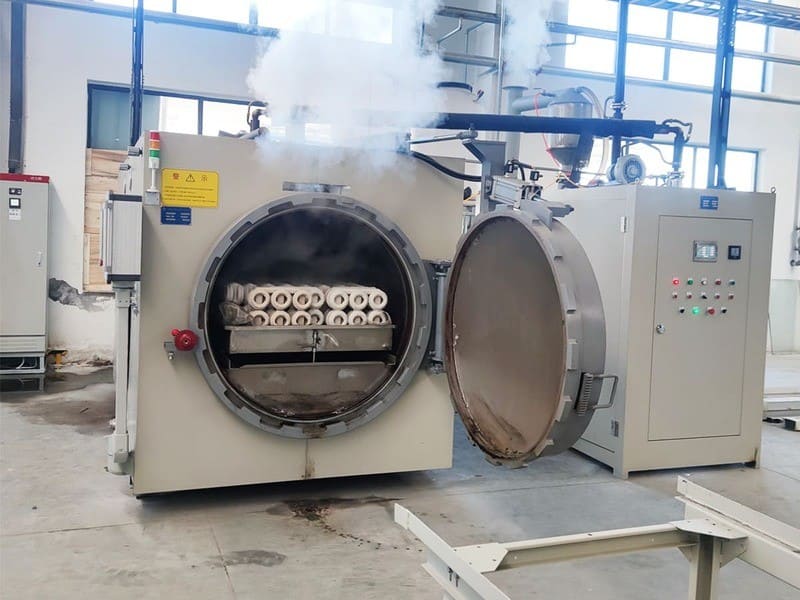
4. Dewaxing
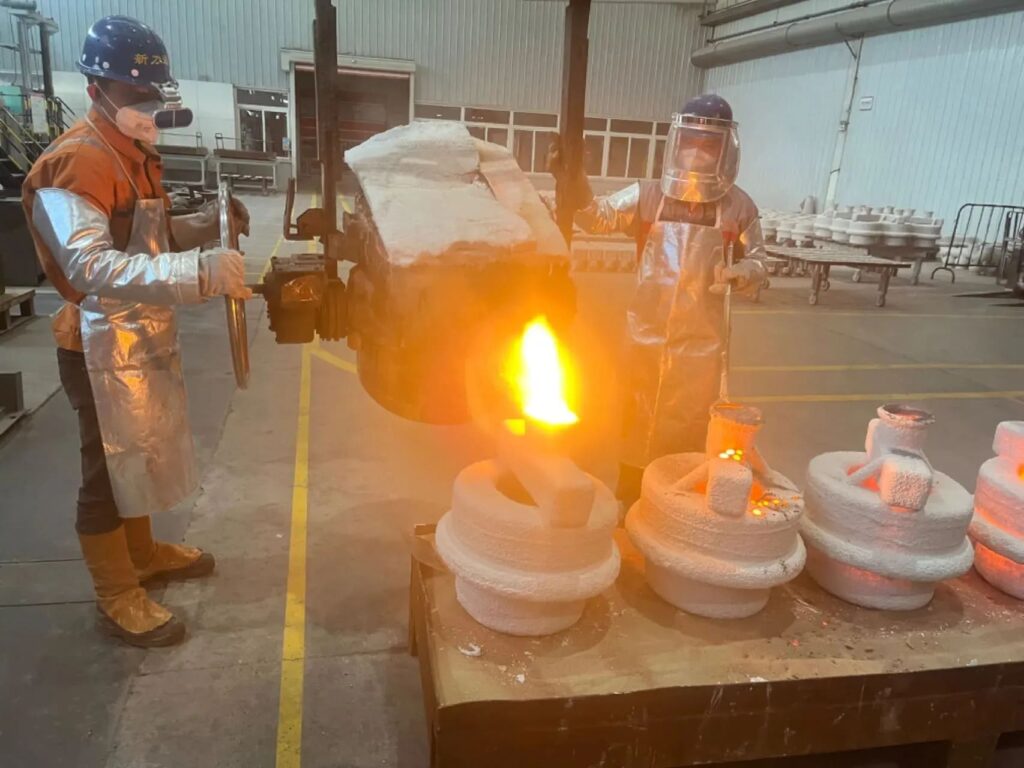
5. Pouring
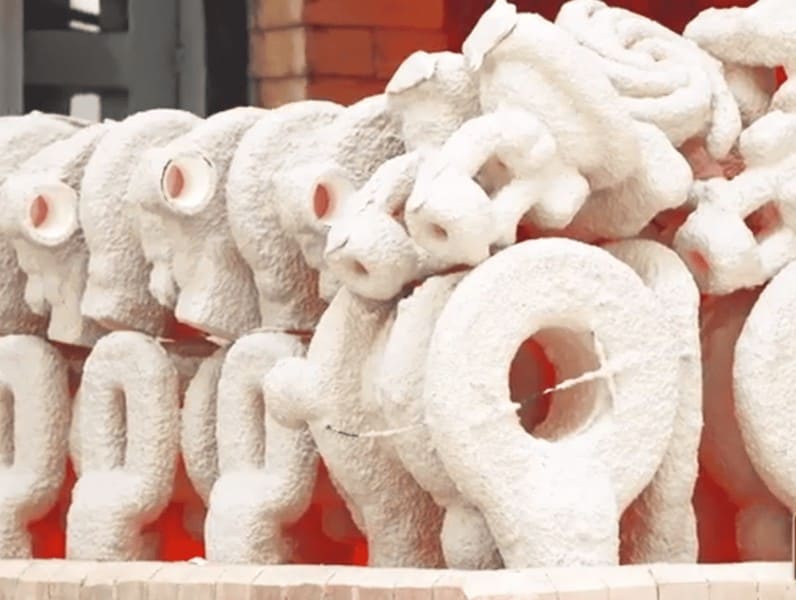
6. Roasting
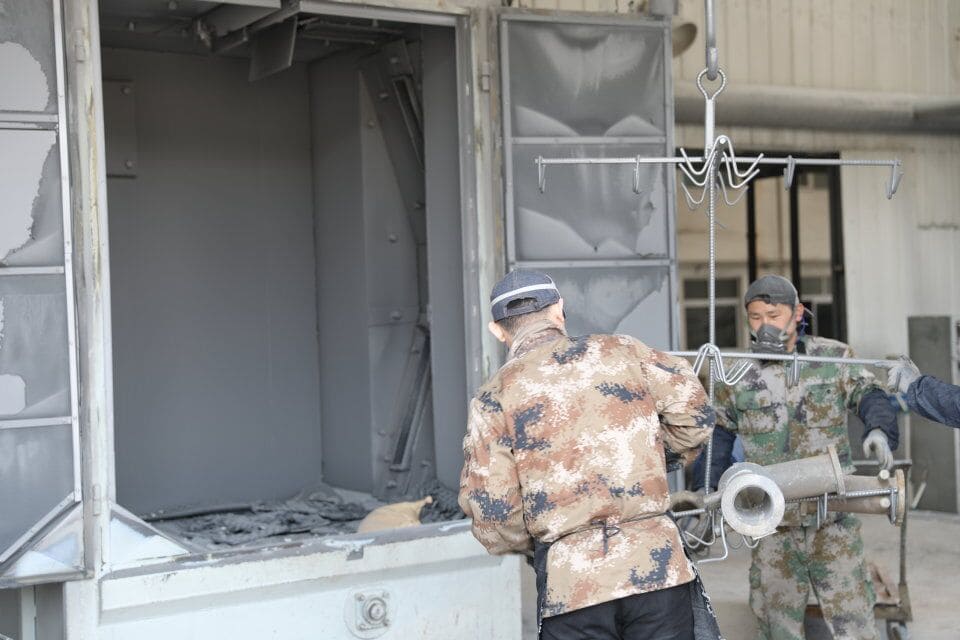
7. Sell Removal
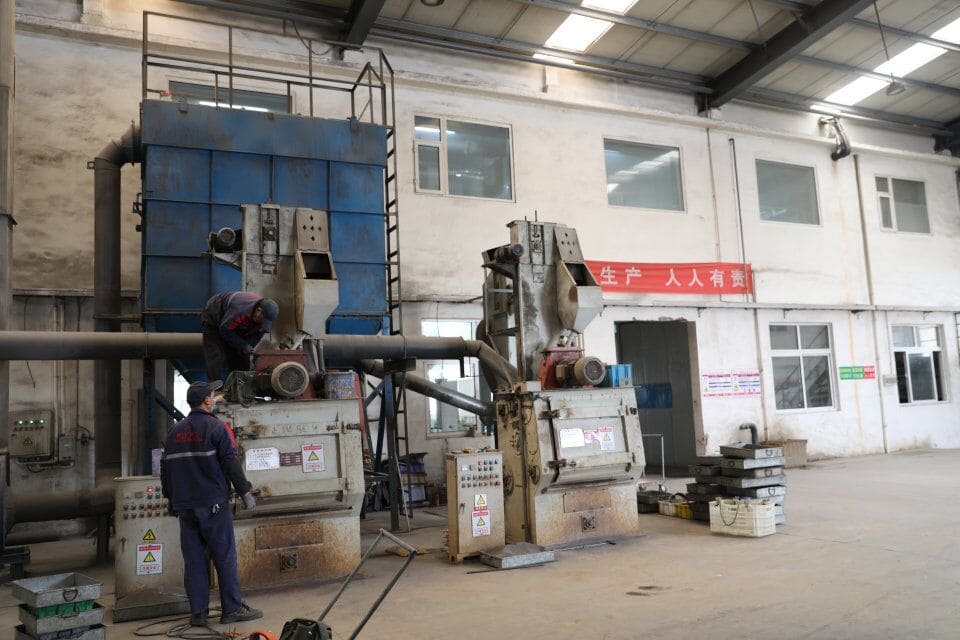
8. Shell Blasting
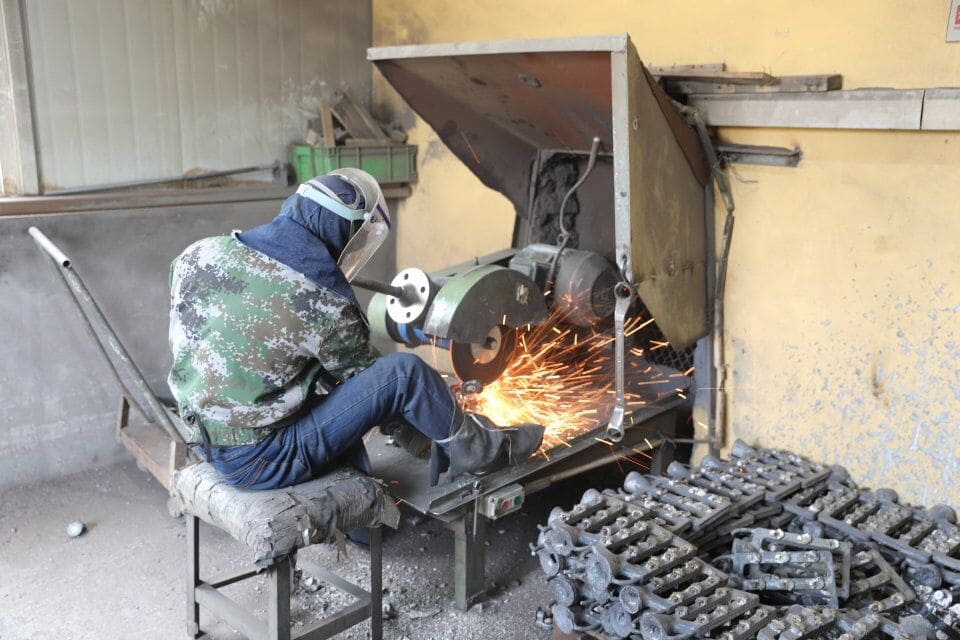
9. Casting Removal
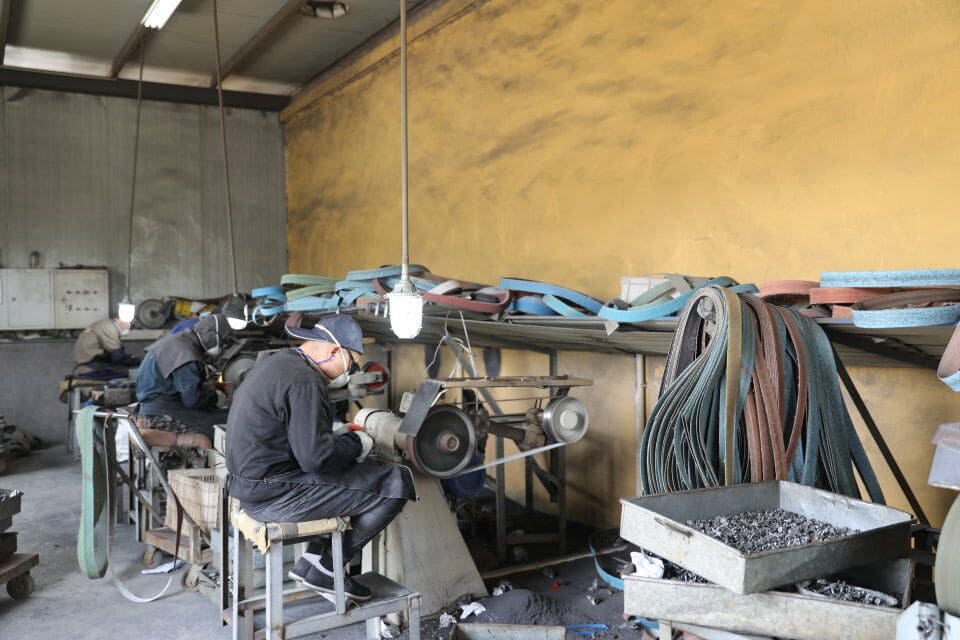
10. Finishing Operation
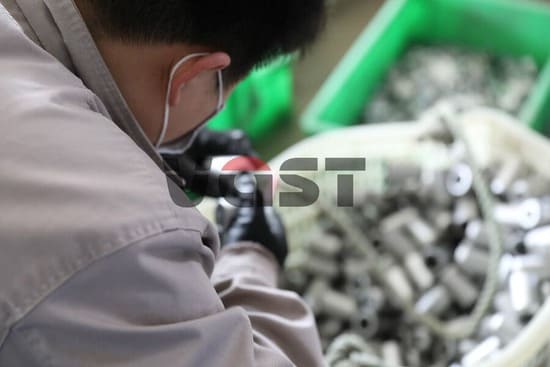
11. Inspection & repair
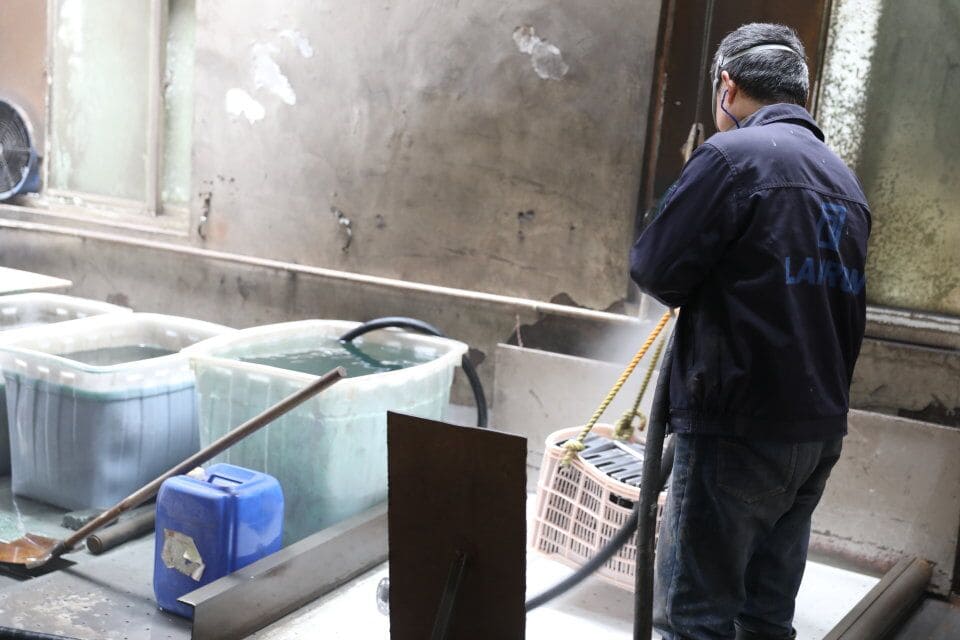
12. Picking & Passivation
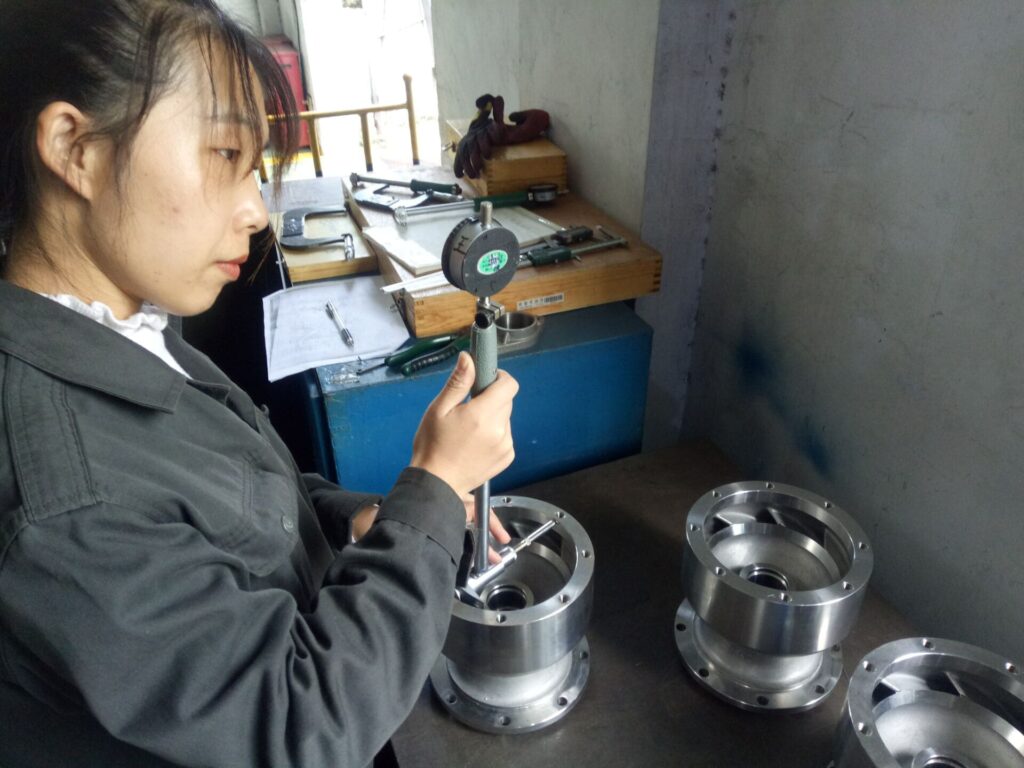
13. Timing & Mending
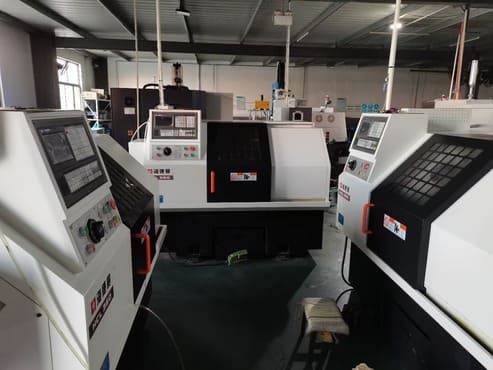
14. Machine Shop
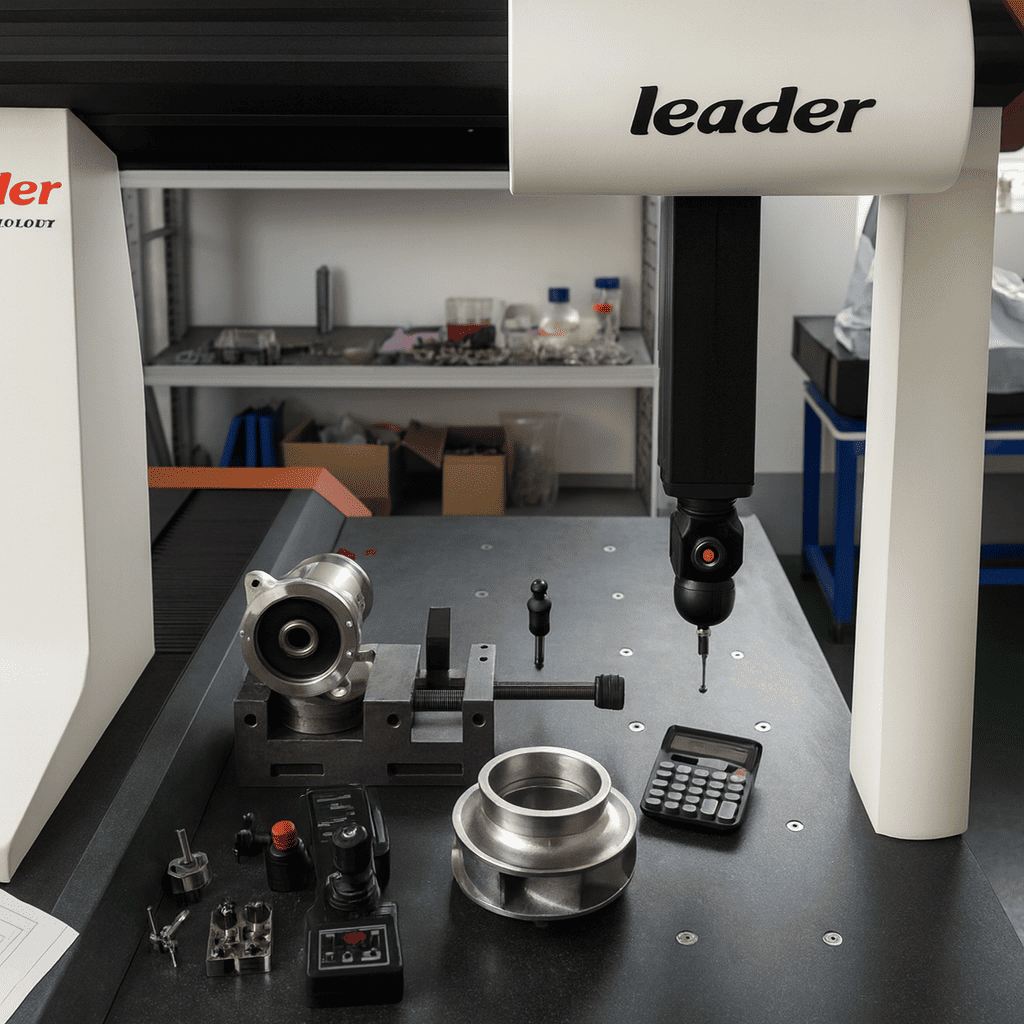
15. CMM
Materials Used in Investment Casting
Investment casting supports a wide range of materials, each chosen for specific performance needs:
Stainless Steel Casting – Excellent corrosion resistance and strength, widely applied in medical, automotive, and industrial components.
High-Temperature Alloy Casting – Designed to withstand extreme heat, ideal for aerospace, energy, and heavy-duty equipment.
Titanium Alloy Casting – Lightweight with exceptional strength and biocompatibility, suitable for aerospace and medical implants.
Alloy Steel Casting – Combines toughness, wear resistance, and cost-effectiveness, making it a versatile choice for engineering applications.
Bronze Casting – Offers superior machinability and wear resistance, commonly used in valves, pumps, and marine hardware.
